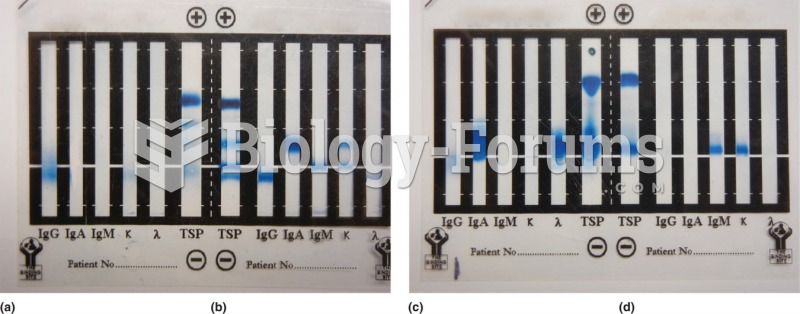Answer to Question 1
A strand of protein is not straight; it is more like a tangled chain. The amino acids at different places along the strand are attracted to one another, and this attraction causes the strand to coil into a shape similar to that of a metal spring. Not only does the strand of amino acids form a long coil, but the coil tangles, forming a globular structure.
The charged amino acids are attracted to water, and in the body fluids they orient themselves on the outside of the globular structure. The neutral amino acids are repelled by water and are attracted to one another; they tuck themselves into the center, away from the body fluids. All these interactions among the amino acids and the surrounding fluid result in the unique architecture of each type of protein. Additional steps may be needed for the protein to become functional. A mineral or a vitamin may be needed to complete the unit and activate it, or several proteins may gather to form a functioning group.
The differing shapes of proteins enable them to perform different tasks in the body. In proteins that give strength and elasticity to body parts, several springs of amino acids coil together and form rope-like fibers. Other proteins, like those in the blood, do not have such structural strength but are water-soluble, with a globular shape like a ball of steel wool. Some are shaped like hollow balls that can carry and store minerals in their interiors. Still others provide support to tissues. Somethe enzymesact on other substances to change them chemically.
Answer to Question 2
False







